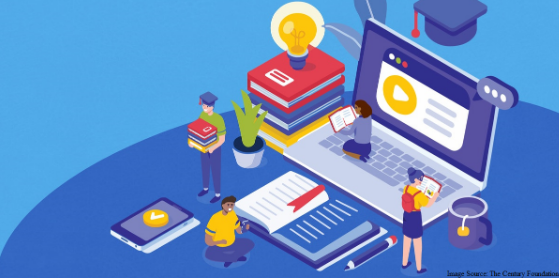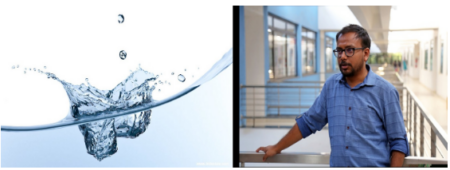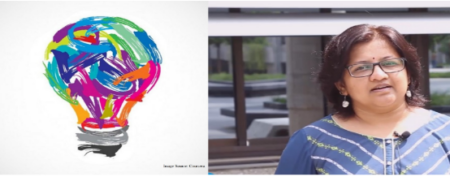
“The most important principle for designing lively e-learning is to see e-learning design not as information design but as designing an experience.” – Cathy Moore, a renowned training designer dedicated to saving the world from boring instruction
Hello friends! Welcome to the fifth and last edition of the Virtual Seminar Series. An e-learning initiative by IIT Gandhinagar, the aim of this mini-series of lectures was to impart education on a diverse range of topics from various disciplines in an absorbing manner, during these COVID-19 times when the physical classroom settings to educate students have not been possible. The good part is – the viewers were not limited to just students; rather, these anytime, anywhere access sessions were open to all. Please visit the parts I, II, III, and IV, to gain a better understanding of this seminar series.
So, buckle up, and let’s begin our final tour of this series!
Into The Word Of Fluid Mechanics
Uddipta Ghosh, faculty in the Mechanical Engineering discipline, provided us a glimpse into the initiation and development of this field since ancient times. Presenting highlights of this subject across different scales, he also talked about its latest areas of research.
We all know that fluids are present all around us. They constitute all the water bodies and are also present inside the solid earth. Not only this but they are also a significant part of the human body. We utilize them to carry out numerous activities. Since they are everywhere, they also have important applications in the areas of science, technology, and engineering!

This domain can be thought of as a sub-branch of classical physics and its history can be best understood by dividing its timeline into eras, although there are no distinct boundaries separating them. It can be said to have started with the earliest developments from 500 BC till 1400AD, after which it moved through medieval times spread from 1400 AD to 1600 AD and post-medieval times spanning from 1600 AD to 1687 AD, towards the first (1687 – 1800 AD), second (entire 19th century) and third (1883 – 1930 AD) revolutions. Finally, we have the latest era, that began around the 1930s and witnessed various breakthrough researches in several aspects of this field. With the invention of computers, this period also saw the start of Computational Fluid Dynamics (CFD).
Prof Ghosh elaborated that researchers of this field are majorly focused on studying three quantities viz., velocity, pressure, and temperature, and all these parameters are interrelated. Everything else can be calculated by utilizing them. Moreover, there is a vast spectrum of fluid-scales, beginning from the nanometer scale and reaching till the magnificent astrophysical flows! Apart from this, there are numerous sub-branches of this domain that involve other disciplines of engineering.
Exploring Some Elements Of Design
Manasi Anand Kanetkar, faculty of Design, delivered a lecture on design – an interdisciplinary and multidisciplinary field, a major part of which is based on applied knowledge from various technical and scientific branches of study, marketing principles, arts as well as social sciences. She discussed the process of designing the aesthetics and semantics of any product.
Amongst various aspects, the appearance of any product is one of the most critical ones. The first factor that affects the product-form is functionality and feasibility. It encompasses some sub-points such as configuration, ergonomics, product cost, and materials and manufacturing. The second factor is the emotive and cognitive aspects. It covers aesthetics (appeal, beauty, and sensory aspects) and product semantics (message along with the meaning).

Prof Kanetkar explained that design is also a mode of expression. Such products can be compared to poetry. We also come across products whose forms are inspired by nature. On the other hand, utilizing metaphors gives rise to products with a quirky taste! Nowadays, designers pay special attention to the narratives in which a particular artifact appears as soon as it enters conversations among different types of users. This is very helpful in deciding the ‘language’ that needs to be used so that the product can be efficiently articulated. This approach is a contrast from the earlier one, where the designers were more intuitive. Currently, there is a high demand for a more structured manner.
In earlier times, the design was more or less associated with only the visual appeal of a product. But, eventually, this thinking has evolved. The design component of the present times focuses on enriching experiences and making interactive tech-savvy products for all types of users! However, the designers face some challenges in terms of restrictions associated with functionality, feasibility, and visual literacy of users.
So, friends, that’s a wrap on the virtual seminar series! I hope that you found this article-collection interesting and informative. Do check out the talks for more.
As always, stay safe, stay positive, and stay connected!
